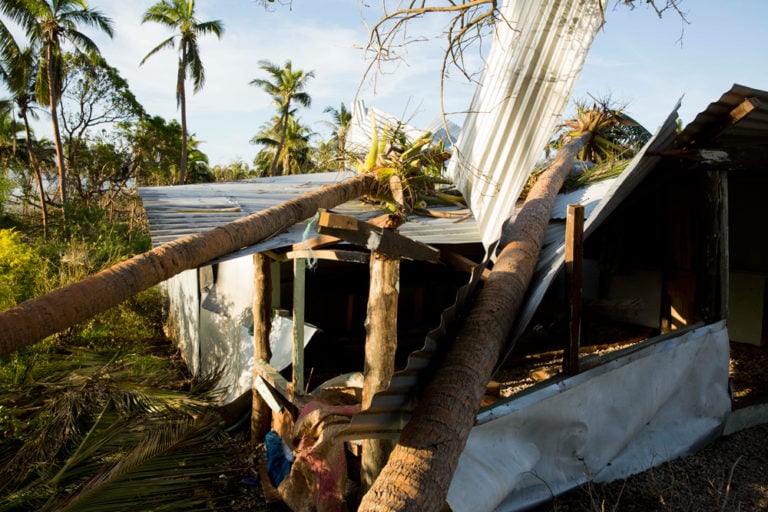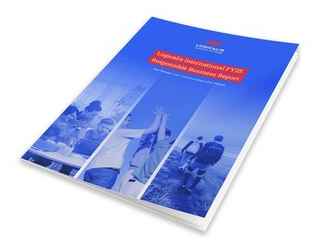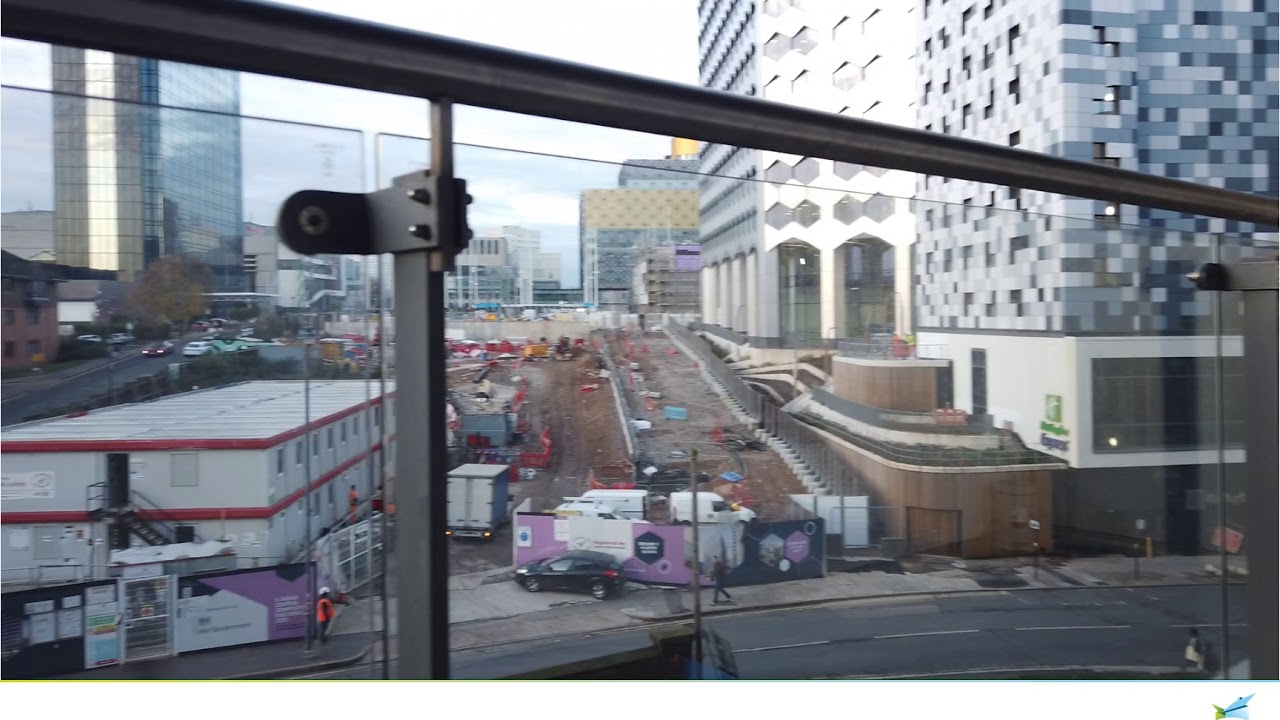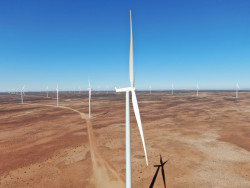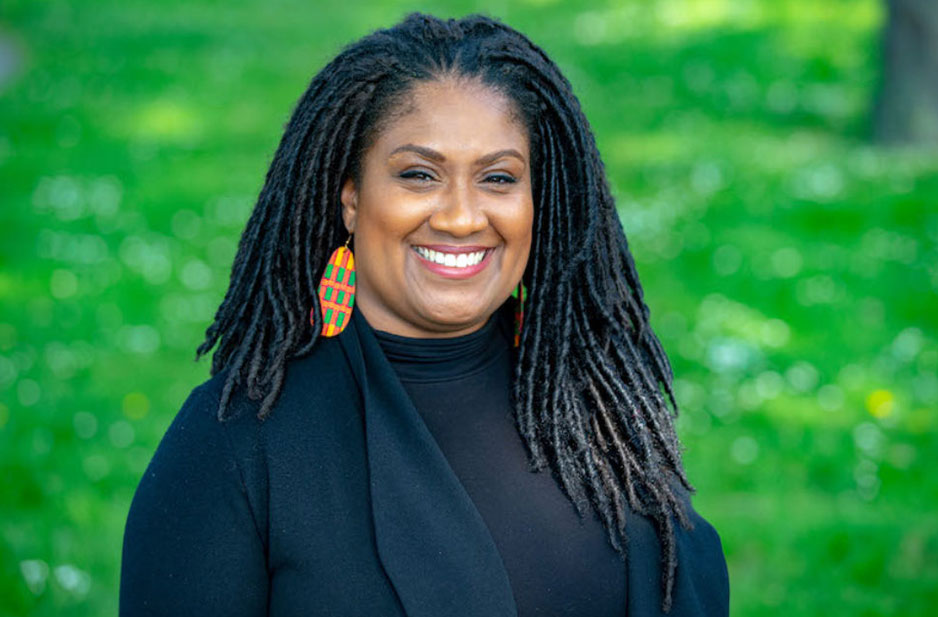The normal soundtrack that accompanies Jamaican life is silent this morning as many have woken to no electricity.
About three-quarters of the island is without power and many parts of its western side are under water, with homes destroyed by strong winds after Hurricane Melissa tore across the island with catastrophic force.
As wind and rain lashed through the night, one local official said the destruction resembled "the scene of an apocalypse movie."
With communications crippled, the true scale of the disaster remains unknown. Prime Minister Andrew Holness declared the island a "disaster area" late Tuesday, warning of "devastating impacts" and "significant damage" to hospitals, homes and businesses.
Hurricane Melissa, the strongest storm to strike Jamaica in modern history, barrelled across the country on Tuesday, leaving behind a trail of ruin.
At its peak, the hurricane sustained winds of 298 km/h (185 mph) - stronger than Hurricane Katrina, which devastated New Orleans in 2005 and killed 1,392 people.
Across Jamaica's central parishes, floodwaters rose to the roofs of two-storey homes.
One woman said: "There is water coming in through the roof of my house. I am not okay."
While no fatalities had been confirmed, Jamaica's prime minister said he feared "there would be some loss of life." Damage, he said, was widespread - hitting hospitals, schools, homes and businesses.
Local government minister Desmond Mckenzie said on Tuesday afternoon that the southwestern parish of St Elizabeth was "under water", with at least three families trapped in their homes in the community of Black River.
"Rescue teams are struggling to reach them because of the dangerous conditions", he said at a news conference.
St Elizabeth, known as Jamaica's breadbasket, produces much of the island's produce. With crops submerged and fields destroyed, many farmers will struggle to financially recover.
On the north coast, Montego Bay - the heart of Jamaica's tourism industry and home to its main airport - will also take time to get back on its feet. This hurricane has put a hand around the neck of the Jamaican economy.
Montego city was split in two by floodwaters, Mayor Vernon Genus said, adding: "Once the wind subsided, we started to get a lot of heavy rain and that has led to massive floods right across the city.
“One side of the city is now cut off from the other due to roads being inundated by flood water." His immediate concern, he added, was simple: "Check if everybody is alive."
In rural Jamaica, the storm has left people shaken. Tamisha Lee, president of the Jamaica Network of Rural Women Producers, said: "Right now, what I'm seeing is heavy rain, powerful wind, a lot of things flying all over the place, and trees uprooted.
“There is no electricity and I’m feeling anxious and tense. The damage will be enormous."
Meteorologists said Hurricane Melissa intensified at a speed rarely seen, its rapid strengthening fuelled by abnormally warm Caribbean waters - part of a broader trend linked to climate change. By the time it struck Jamaica, the storm had reached Category 5 strength, with gusts fierce enough to tear roofs from concrete homes, uproot trees and snap power poles.
Health officials even issued a crocodile warning, cautioning that floodwaters could drive the reptiles into residential areas. For thousands of tourists caught on the island, the storm brought terror and uncertainty.
Hurricane Melissa had moved on to make landfall in Cuba by early Wednesday morning, leaving Jamaica paralysed and silent. Though it has since weakened to a Category 3 hurricane, it remains powerful with wind speeds of over 200km/h (124mph).
Jamaica has a catastrophe bond - a type of insurance for the country - which will hopefully allow people to get back on their feet, but the issue is what's done in the interim.



